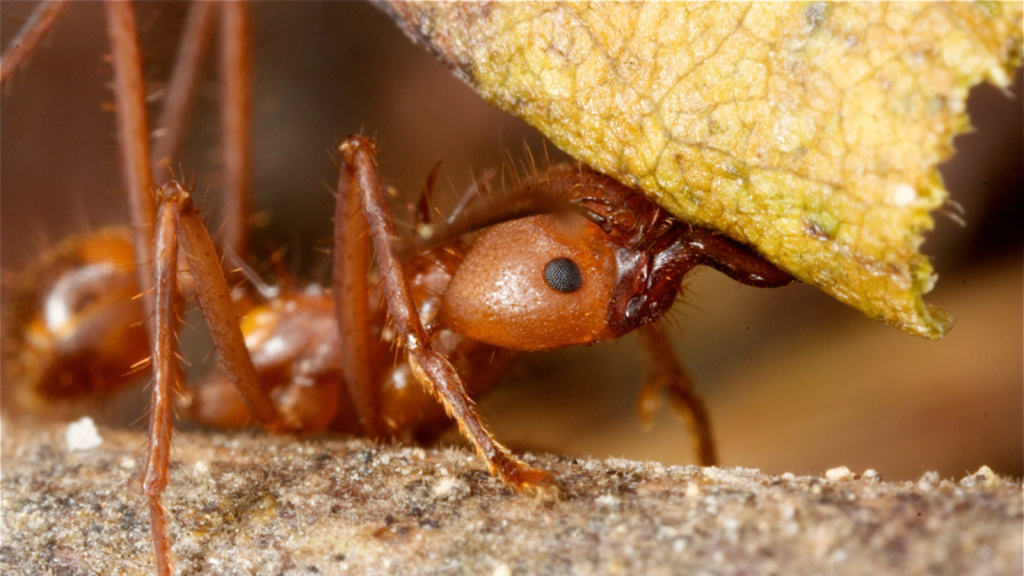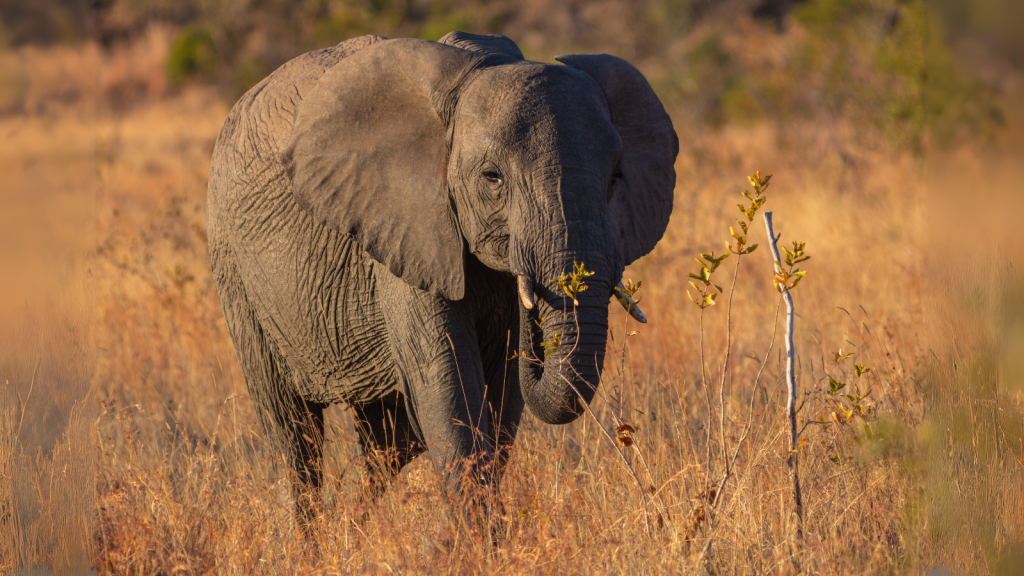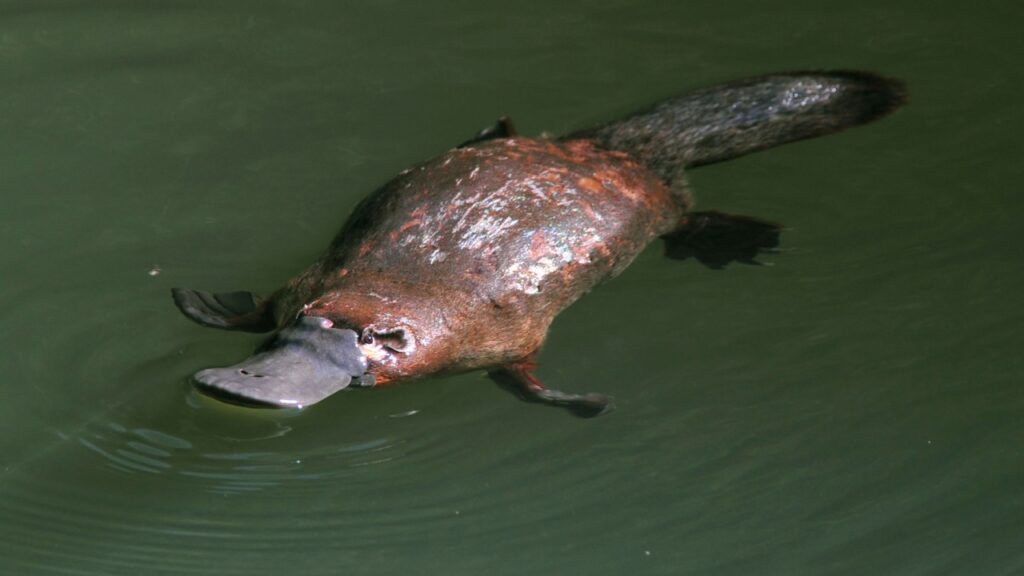The natural world is brimming with incredible creatures, each uniquely adapted to its environment. Some animals, however, possess abilities that seem almost magical to us humans. From lightning-fast reflexes to unbelievable strength, these creatures push the boundaries of what we thought possible. Prepare to be amazed as we explore 17 animals with extraordinary physical abilities that could put even the most impressive human athletes to shame. These remarkable creatures remind us of the wonders that exist right here on our planet, often hidden in plain sight.
Peregrine Falcon: The Speed Demon of the Skies

The peregrine falcon is the fastest animal on Earth, capable of reaching speeds up to 240 mph (386 km/h) during its hunting dives. This incredible speed allows it to catch prey mid-air with pinpoint accuracy. To withstand such high speeds, the peregrine falcon has special adaptations in its respiratory system and eye structure. Its nostrils have evolved to include baffles that prevent air from rushing into its lungs during high-speed dives, protecting its respiratory system.
Tardigrade: The Virtually Indestructible Micro-Animal

Also known as water bears, tardigrades are microscopic creatures that can survive extreme conditions that would kill most other life forms. They can withstand temperatures from near absolute zero to boiling, intense pressure, and even the vacuum of space. Tardigrades achieve this by entering a state of cryptobiosis, where they expel almost all water from their bodies and drastically slow their metabolism. In this state, they produce a special sugar called trehalose, which forms a glass-like coating around their organs, protecting them from damage.
Pistol Shrimp: The Underwater Sonic Boom Generator

The pistol shrimp, despite its small size, packs a powerful punch. It can snap its claw shut so quickly that it creates a cavitation bubble that generates temperatures nearly as hot as the sun’s surface. When this bubble collapses, it produces a loud snap and a flash of light, which the shrimp uses to stun or kill its prey. The sound produced by this collapse can reach 218 decibels, louder than a gunshot, making the pistol shrimp one of the loudest animals on Earth.
Cheetah: The Land Speed Champion

Cheetahs are renowned for their incredible speed, capable of reaching up to 70 mph (112 km/h) in short bursts. Their bodies are perfectly designed for sprinting, with a flexible spine, large lungs, and a long tail for balance. Cheetahs can accelerate from 0 to 60 mph in just three seconds, faster than most sports cars. Their semi-retractable claws act like cleats, providing extra traction during high-speed chases.
Leafcutter Ant: The Tiny Powerlifter

Leafcutter ants can carry up to 50 times their own body weight. This would be equivalent to a human lifting a double-decker bus. They achieve this feat through their strong mandibles and their efficient division of labour within the colony, where different-sized ants are specialised for various tasks. The ants’ neck joints are reinforced with metal particles, including zinc, manganese, and iron, which allows them to withstand the immense strain of carrying such heavy loads.
African Elephant: The Gentle Giant with a Super Sense

African elephants possess an extraordinary sense of smell, believed to be the best in the animal kingdom. They have nearly 2,000 genes dedicated to olfactory reception, compared to around 400 in humans. This superb sense of smell allows them to detect water sources from great distances and even distinguish between different human tribes based on scent alone. Elephants can also use their trunks to smell underwater, effectively snorkelling to detect potential threats or food sources.
Alpine Ibex: The Gravity-Defying Mountain Climber

The Alpine ibex is an expert climber, capable of scaling near-vertical dam walls with ease. Their specialized hooves have sharp edges and soft, grippy centres that allow them to find purchase on the smallest of ledges. These remarkable goats can be found traversing precarious mountain slopes that would make even the most experienced human climbers think twice. Their incredible balance and agility are further enhanced by an inner ear adaptation that allows them to maintain equilibrium on steep inclines.
Mantis Shrimp: The Colourful Knockout Artist

The mantis shrimp possesses one of the most powerful and fastest punches in the animal kingdom. Its striking limbs accelerate with the same velocity as a gunshot from a twenty-two calibre rifle. These incredible creatures can see polarized light and have 16 colour receptors (compared to humans’ three), allowing them to perceive colours we can’t even imagine. The force of their strike is so powerful that it can create cavitation bubbles in the water, similar to those produced by the pistol shrimp.
Platypus: The Electrosensing Odd Ball

The platypus, already unusual in appearance, has another trick up its sleeve: electroreception. It can detect the electrical impulses of its prey in murky waters using special receptors in its bill. This ability, combined with its webbed feet and beaver-like tail, makes it a formidable hunter in its aquatic habitat. The platypus is one of the few mammals that produces venom, which is delivered through spurs on its hind legs and is powerful enough to kill small animals.
Hummingbird: The Aerial Acrobat

Hummingbirds are the only birds that can fly backwards and hover in mid-air for extended periods. Their wings can beat up to 80 times per second, allowing for incredible maneuverability. These tiny birds have a unique shoulder joint that rotates 180 degrees, enabling their impressive aerial feats. Hummingbirds can also enter a state of torpor at night, lowering their body temperature and slowing their metabolism to conserve energy.
Gecko: The Wall-Climbing Wonder

Geckos can effortlessly climb smooth vertical surfaces and even walk upside down on ceilings. This ability comes from millions of microscopic hairs on their toe pads that create van der Waals forces with the surface. Scientists are studying gecko feet to develop new adhesive technologies. Geckos can also detach their tails as a defence mechanism, and some species can even regenerate their tails over time.
Sperm Whale: The Deep-Diving Champion

Sperm whales are the deepest diving mammals, capable of reaching depths of up to 3,280 feet (1,000 meters). They can hold their breath for up to 90 minutes on these deep dives. Their bodies have special adaptations to withstand the enormous pressure at these depths, including collapsible lungs and flexible ribcages. Sperm whales also possess the largest brain of any animal on Earth, weighing up to 20 pounds (9 kg).
Horned Lizard: The Blood-Squirting Defender

When threatened, some species of horned lizard can squirt blood from their eyes as a defence mechanism. This blood contains a foul-tasting chemical that deters predators. They can shoot this blood up to 5 feet (1.5 meters) away, often aiming for the predator’s mouth. The horned lizard can also inflate its body to appear larger and more intimidating to potential threats.
Archerfish: The Sharpshooter of the Sea

Archerfish have the remarkable ability to shoot down insects above the water surface with jets of water from their mouths. They can accurately hit targets up to 5 feet (1.5 meters) away, compensating for refraction at the water-air interface. This skill requires complex calculations that the fish’s brain performs in a split second. Archerfish can learn from each other, with younger fish observing and mimicking the techniques of more experienced individuals.
Lyrebird: The Master of Mimicry

The lyrebird is an extraordinary vocal mimic, capable of reproducing almost any sound it hears with astonishing accuracy. From other bird calls to car alarms and camera shutters, nothing is beyond its repertoire. This ability is used primarily by males during courtship displays. Lyrebirds have been known to mimic human-made sounds like chainsaws and car alarms with such precision that they can fool even experienced birdwatchers.
Honeybee: The Tireless Worker

Honeybees are incredible navigators, able to communicate the location of food sources to their hive mates through an intricate ‘waggle dance’. They can fly up to 5 miles (8 km) from their hive in search of nectar and pollen, and their wings beat 230 times per second, allowing them to fly at speeds of up to 15 mph (24 km/h). A single honeybee may visit up to 5,000 flowers in a single day, playing a crucial role in pollination.
Sailfish: The Speedster of the Seas

The sailfish is the fastest fish in the ocean, capable of reaching speeds up to 68 mph (110 km/h). Its streamlined body and retractable dorsal fin help reduce drag in the water. When hunting, sailfish use their bills to slash at schools of fish, stunning or injuring their prey before consuming them. Sailfish can change their body colour rapidly, using this ability for camouflage and to communicate with other sailfish during coordinated hunting.
15 Animals That Eat Hornets

Nature never fails to amaze me. Who would’ve thought so many creatures would prey on hornets? Their painful stings and fierce and aggressive behaviour make them seem like a pretty unappetizing meal to me. While hornets might seem like formidable insects that few creatures would dare to tangle with, they actually have quite a few natural enemies. From nimble birds to crafty mammals, plenty of other creatures make meals out of these stinging insects.
Read More: 15 Animals That Eat Hornets
15 Terrifying Prehistoric Creatures That Aren’t Dinosaurs

When we think of prehistoric beasts, dinosaurs often come to mind first. But the ancient world was filled with many other terrifying creatures that would give even the fiercest dinosaurs a run for their money. Let’s dive into the murky waters and dense forests of prehistory to meet some of these nightmarish animals that once roamed our planet.
Read More: 15 Terrifying Prehistoric Creatures That Aren’t Dinosaurs
Becky is a fervent wildlife enthusiast and pet care expert with a diploma in canine nutrition. Her love for animals stretches beyond the domestic, embracing the wild tapestry of global fauna. With over a decade of experience in animal welfare, Becky lends her expertise to OutlandishOwl through insightful articles, captivating wildlife information, and invaluable guidance on pet nutrition. Her work embodies a deep commitment to understanding the intricate lives of animals and a passion for educating others on sustaining natural habitats. Becky's hands-on conservation efforts and her knack for translating complex dietary science into practical pet feeding tips make her an indispensable voice for creatures great and small.




